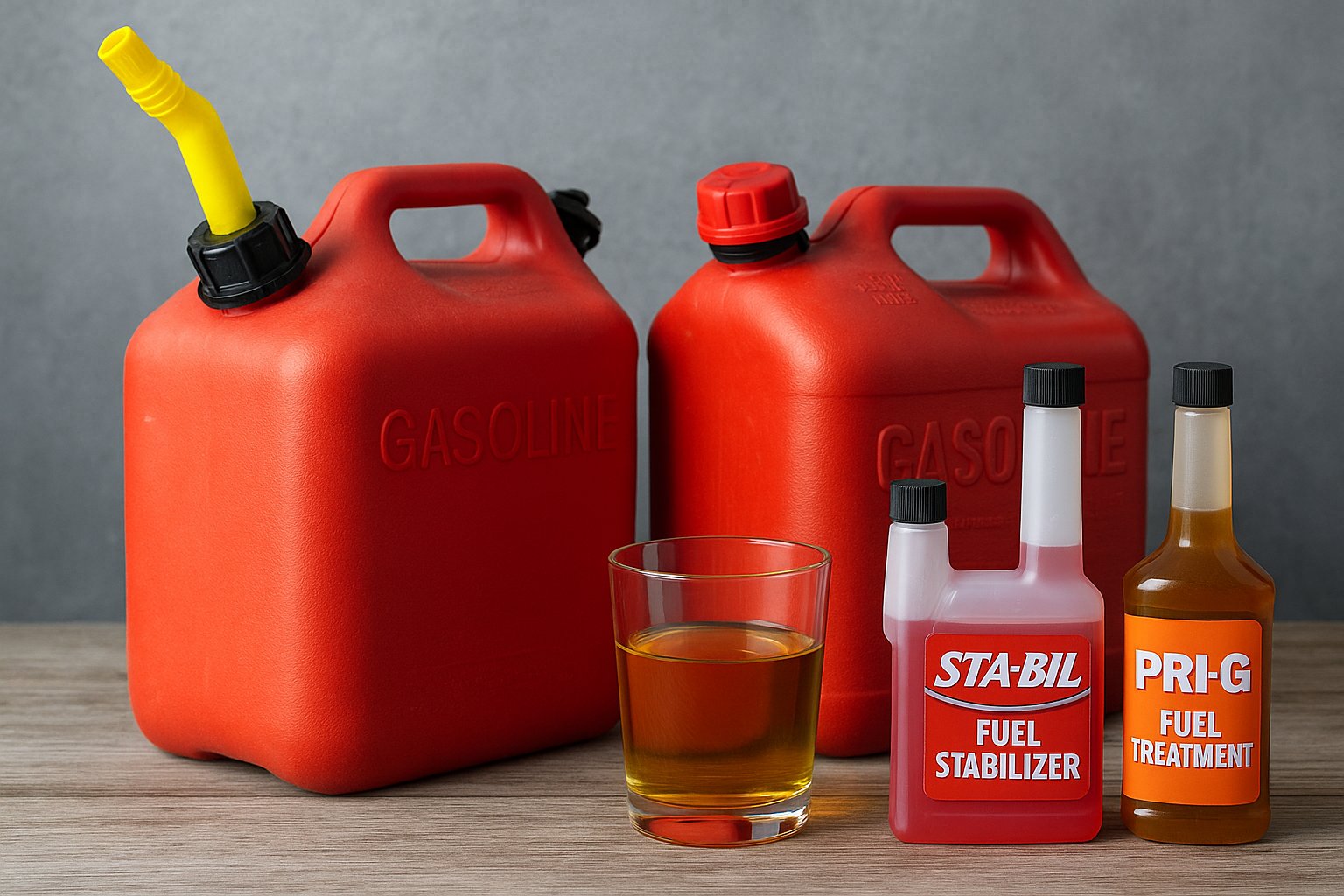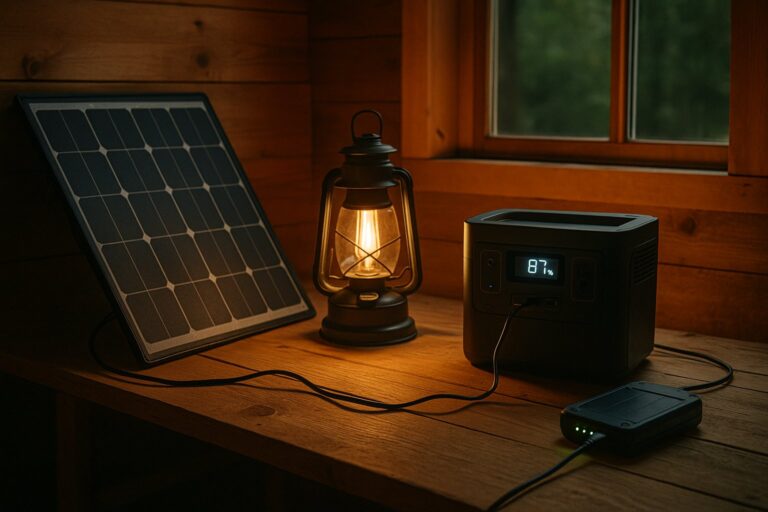Introduction
For preppers, storing fuel is as essential as stockpiling food or water. Gasoline powers generators, vehicles, and various tools — all critical during grid-down or bug-out scenarios. But unlike canned goods, gasoline doesn’t last forever. Understanding how to properly store gasoline and how to safely revive old fuel can be the difference between keeping your operation running and being stuck with a useless supply.
How Long Does Gasoline Last?
Under normal conditions, gasoline has a shelf life of 3 to 6 months. Ethanol-blended fuels degrade even faster due to moisture absorption. Over time, gasoline oxidizes, forms varnish-like deposits, and loses volatility, making it difficult (or impossible) to ignite. This can gum up engines and damage fuel systems — a costly mistake in an emergency.
Storing Gasoline Properly
To maximize longevity, follow these best practices:
1. Use Proper Containers
Store gasoline in approved, tightly sealed containers — metal or HDPE plastic fuel cans that meet CSA or DOT standards.
2. Keep It Cool and Dark
Gasoline should be stored in a shaded, temperature-stable area such as a shed or detached garage. Avoid direct sunlight or heat sources.
3. Limit Exposure to Air
Oxygen accelerates oxidation. Always keep containers sealed, and only open them when necessary.
4. Add Fuel Stabilizer
Fuel stabilizers like STA-BIL or PRI-G can extend the life of gasoline to 12–24 months. Add stabilizer at the time of storage, not when fuel is already old.
5. Rotate Your Supply
Just like food, rotate your fuel. Use the oldest gasoline first and replace it with fresh stock regularly (ideally every 6 months to a year).
Signs of Bad Gasoline
Before pouring stored gas into your generator or vehicle, inspect it for:
- Sour smell – a strong varnish-like or foul odor
- Darkened color – from clear/pale yellow to deep amber or brown
- Separation – especially in ethanol blends, you might see water or sediment
- Poor engine performance – sputtering, knocking, or failure to start
Can Old Gasoline Be Revived?
While you can’t completely restore degraded gasoline to its original state, you can sometimes make it usable — especially for less sensitive engines like older generators or lawn tools.
1. Mix With Fresh Gas
Blend old gas with fresh gas at a 1:3 or 1:4 ratio. This dilutes the degraded elements and can restore enough volatility for use.
2. Use Fuel Additives
Products like Sea Foam, PRI-G, or Lucas Fuel Treatment can help break down deposits and restore some combustibility. These work best if the gasoline hasn’t completely gone bad.
3. Filter It First
Use a fuel funnel with a built-in filter or strain through a fine mesh to remove particulates. This helps prevent clogging fuel systems.
4. Test It in Small Equipment
Before relying on it in a vehicle or essential generator, test old gas in a small engine. If it runs smoothly, you may cautiously use it in larger equipment.
What NOT to Do
- Don’t use old gas in modern vehicles – today’s engines have tight tolerances and can be damaged by bad fuel.
- Don’t store gas for more than 12 months without stabilizer – beyond this, it’s too unreliable.
- Don’t dump it down drains or onto the ground – dispose of completely spoiled gasoline at a hazardous waste facility.
Conclusion
Stored gasoline is a vital asset for preppers, but it demands respect and maintenance. With the right storage techniques and a few revival tricks, you can extend the usefulness of your fuel reserves and stay powered up when it counts.
Always test, treat, and rotate your gasoline supply — and if in doubt, don’t risk your equipment. A good fuel plan is just as critical as any other part of your prepping strategy.








